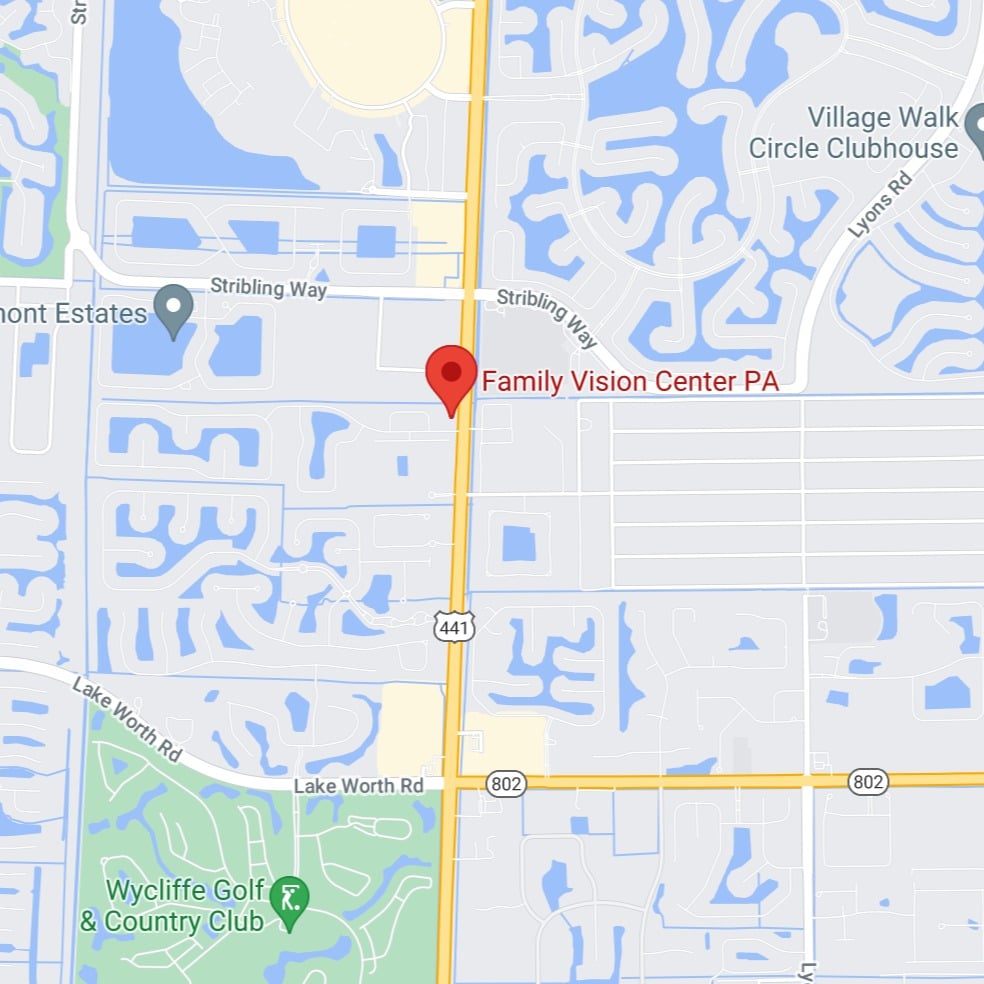What is Lazy Eye?
When it comes to pediatric eye doctor in Wellington, FL, your family eye care doctor wants you to know about a condition called “lazy eye.” Lazy eye is commonly diagnosed in children as early as their first eye appointment. The earlier the condition is diagnosed, the better the outcome.
What is Lazy Eye?
Put simply, lazy eye is a condition where the muscles in one eye are weaker than the muscles in the other eye. The official term is amblyopia, but it’s called lazy eye because one eye seems to be “lazy,” and not doing the work involved in seeing. That’s an oversimplification, but it helps to explain what’s actually going on with lazy eye.
Eye muscles start to develop very early on. However, since the process is so complex, problems commonly occur in childhood. With lazy eye, the nerve pathways that are responsible for eyesight are not operating equally; in one eye, the signals that go to the brain may be weaker. Over time—and left undiagnosed and untreated—the brain eventually “learns” to ignore or suppress the weaker signals. This is why it’s so important to bring your child to your pediatric eye doctor in Wellington, FL as early as three years old, or younger if eye problems are evident.
Symptoms of Lazy Eye
The outward symptoms of lazy eye can be apparent if you know what to look for:
- Tilting of the head
- Turning the head slightly when reading or looking at objects
- Clumsiness/dropping things
- Eyes that appear to not be working in tandem
- Abnormal vision screening results
If your child has any of the above symptoms, or seems to have any kind of trouble seeing, a vision exam should be scheduled.
At Vision Source, we routinely screen for lazy eye and other problems with your child’s vision. Book your appointment today.





Leave a Reply
Want to join the discussion?Feel free to contribute!